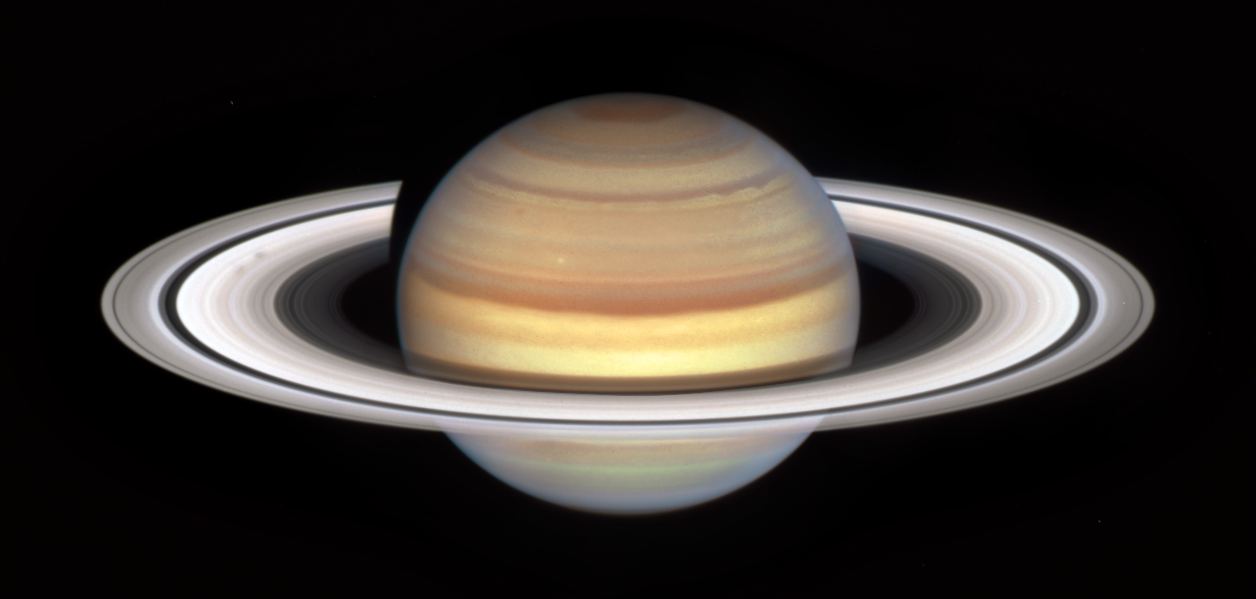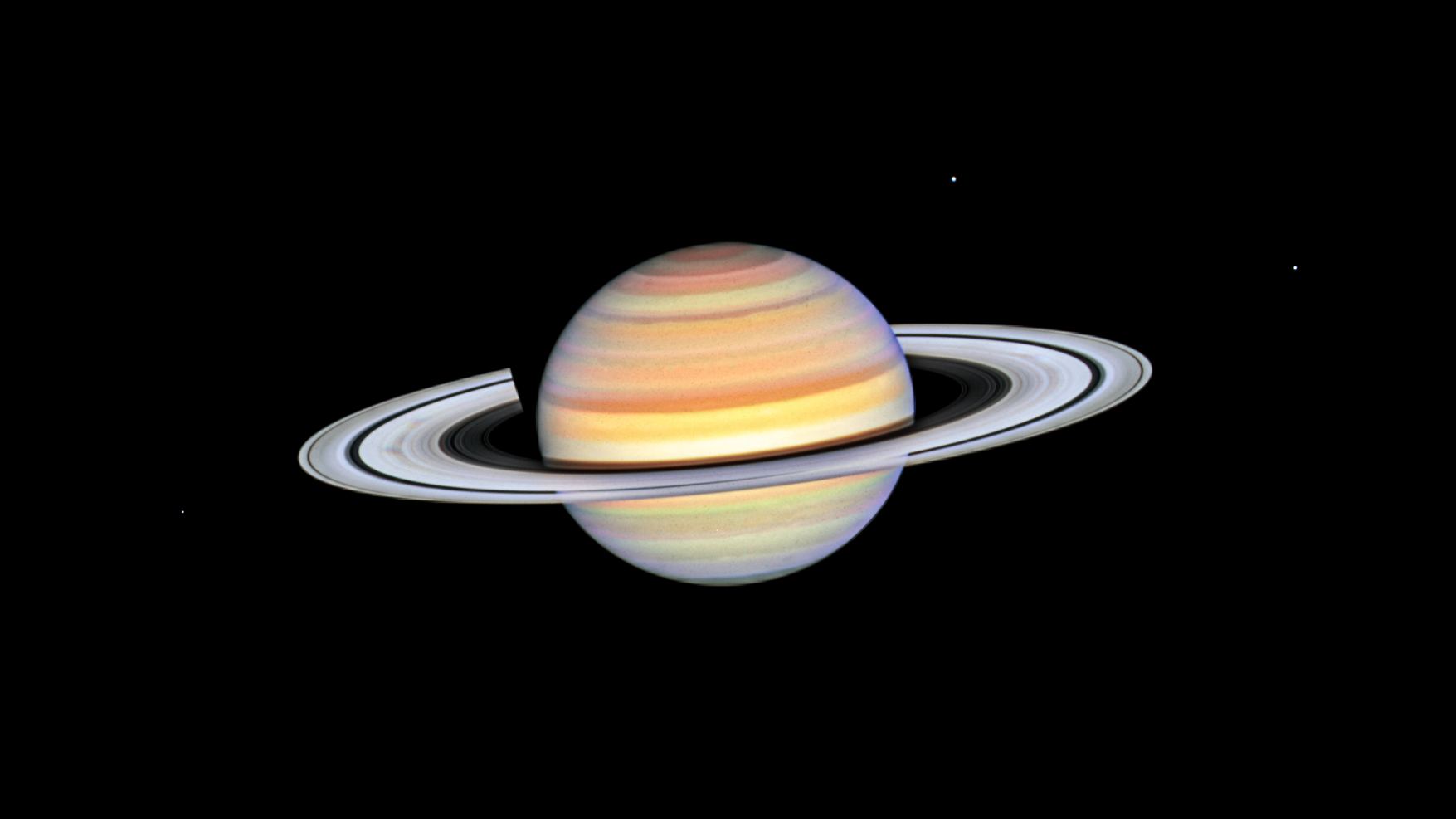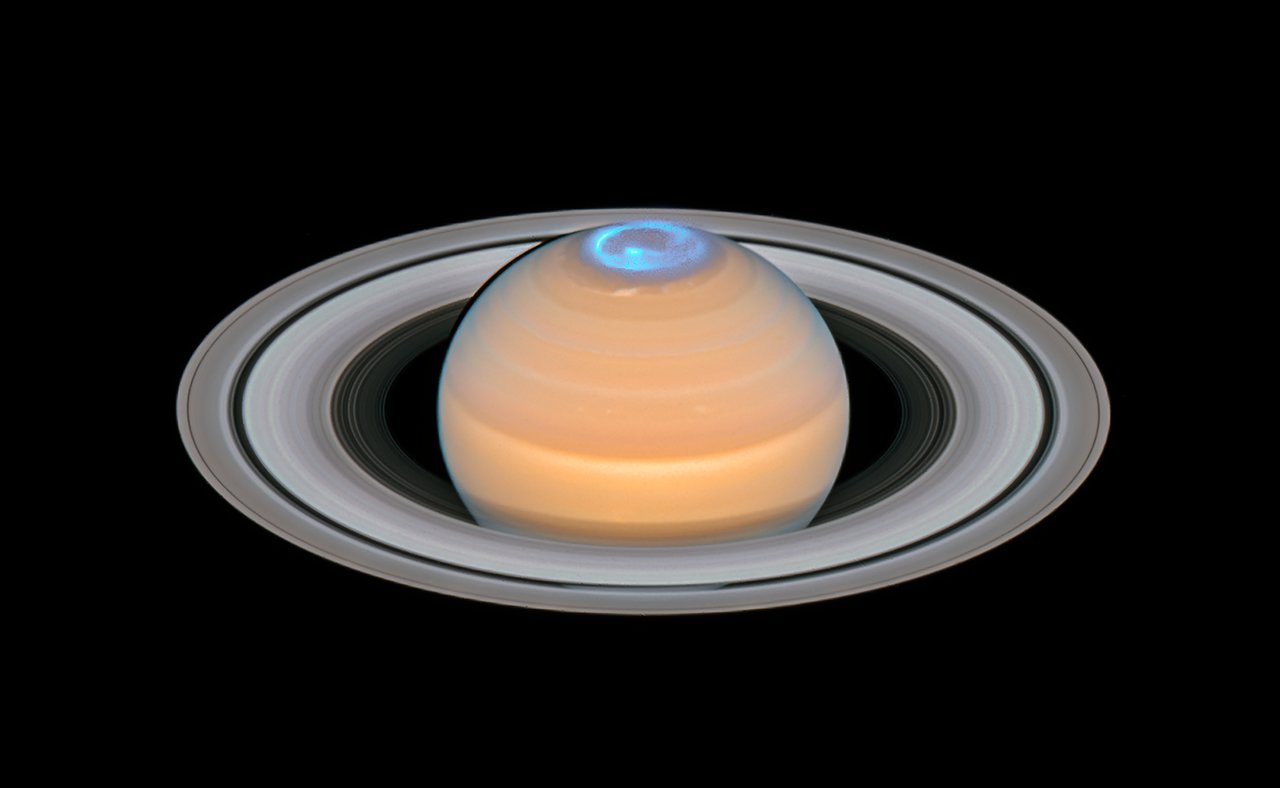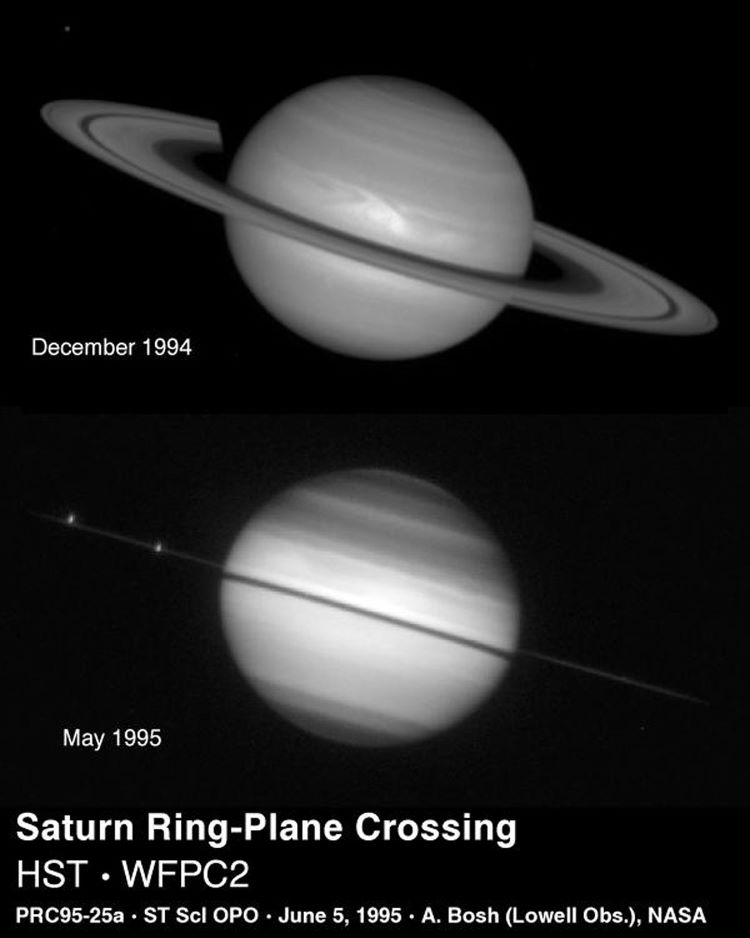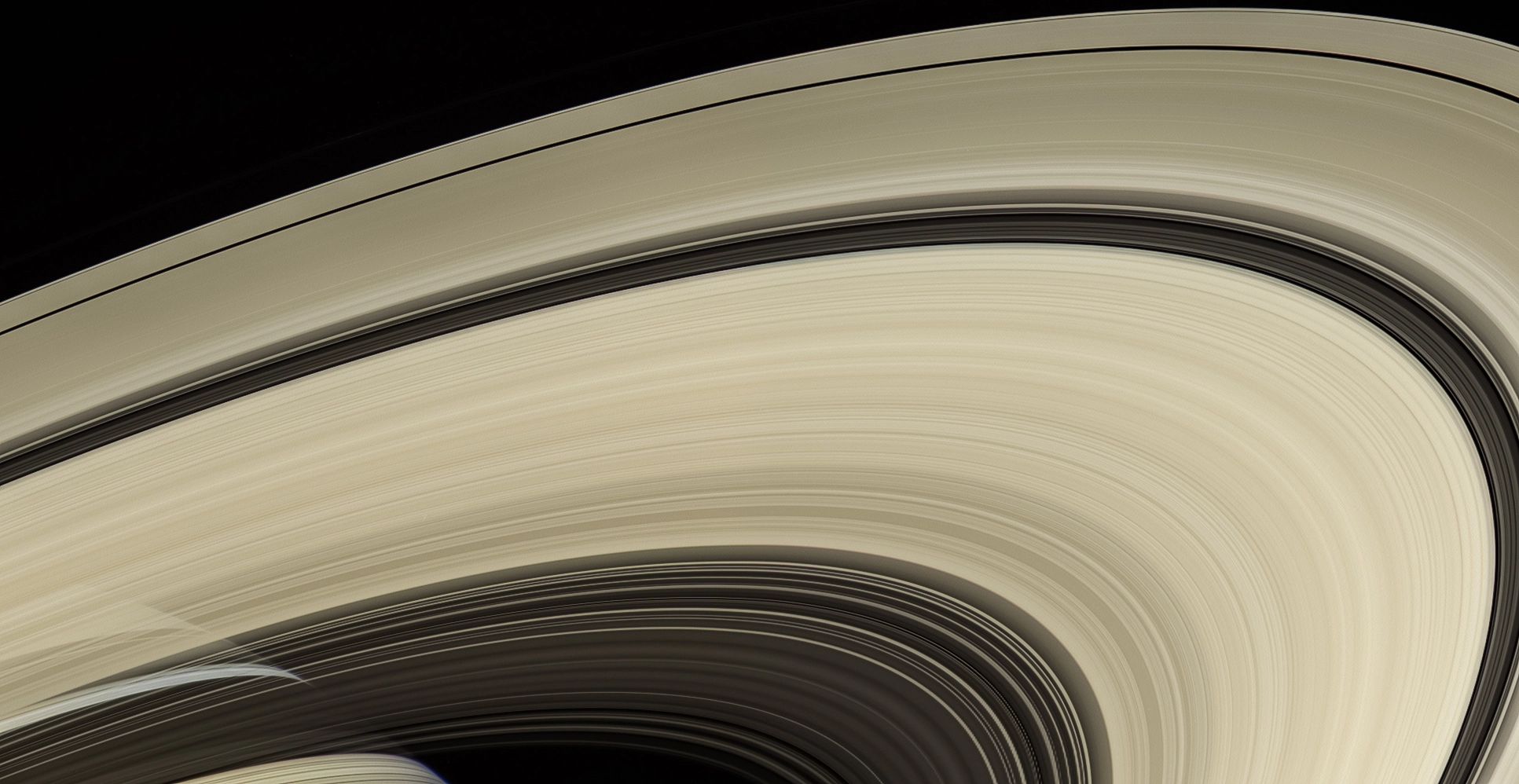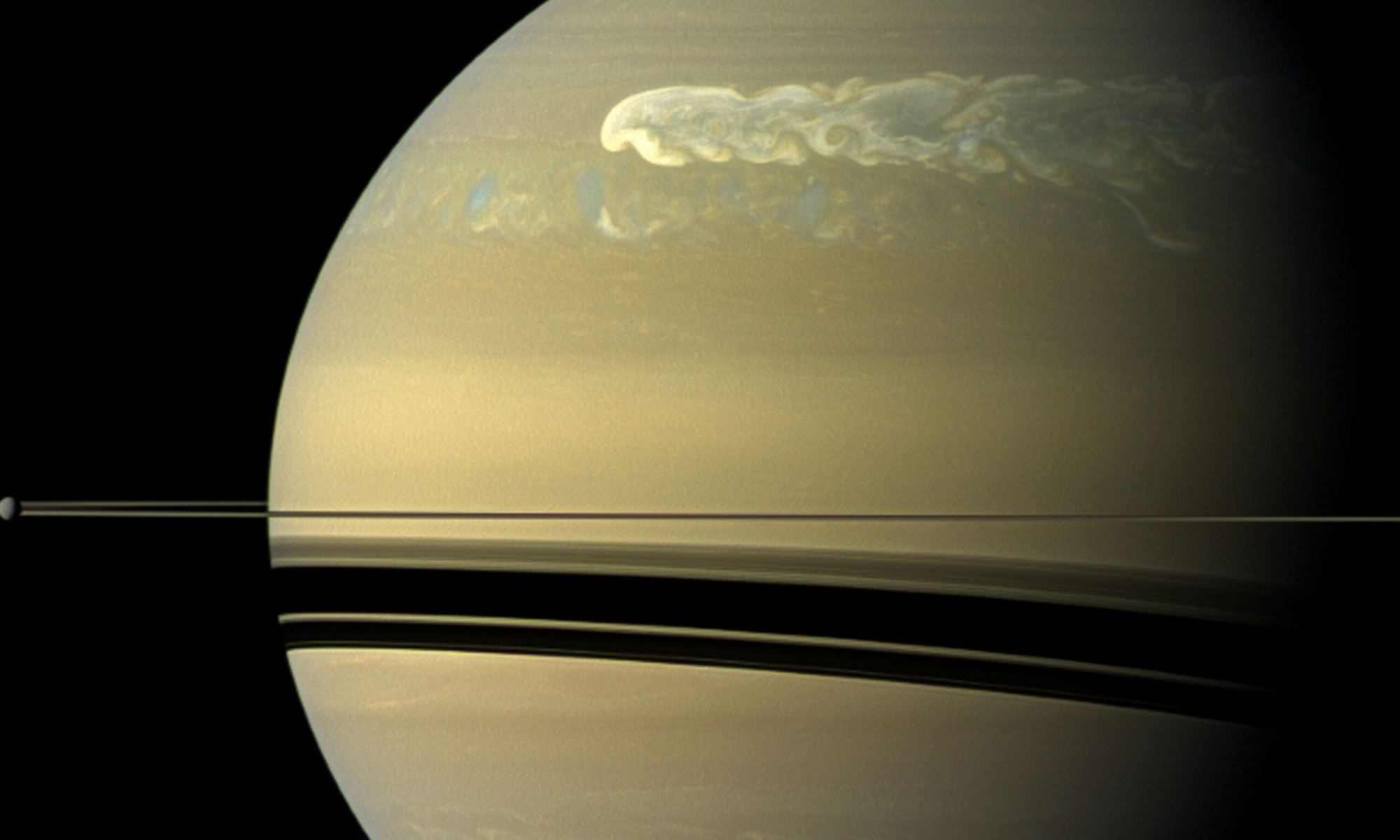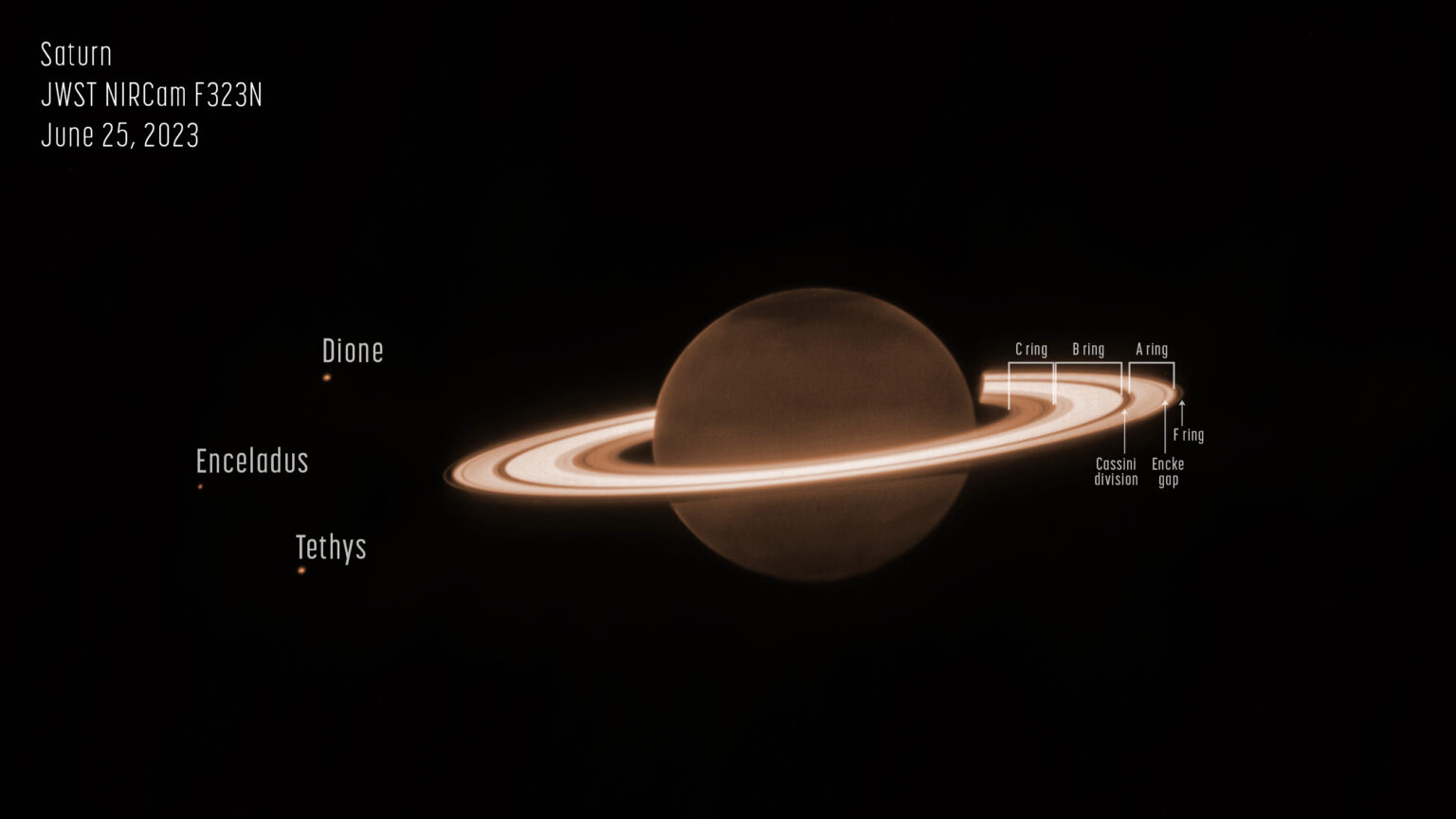Saturn’s rings are among the most glorious, stunning, and well-studied features in the Solar System. However, their age has been difficult to ascertain. Did they form billions of years ago when the planet and the Solar System were young? Or did they form in the last few hundred millions of years?
The latest new research shows that the iconic rings are, in fact, very old.
Continue reading “Saturn’s Rings Might Be Really Old After All”
